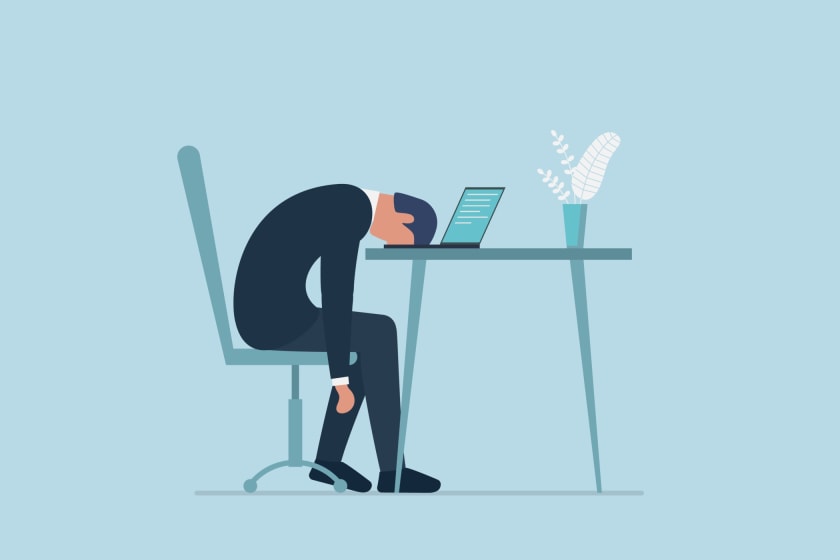The Hybrid Model of WFH and Office is Here to Stay! Here's Why!



The offices are coming back to life? Not so much. We have new battles to fight.
A year ago something unexpected happened. The workplace shifted to the bedrooms with people wearing pajamas and suits in conference meetings. Covid19 has made this unthinkable a solid reality. It is not likely to change very soon. The sectors which couldn’t halt their activities for long took upon the challenge and continued to upgrade their workspace, thanks to various apps and online platforms that made virtual transactions possible. Now that offices are gradually opening, people are urged back to their physical office space. Reports show that at least half of the employees are reluctant to leave their work-from-home space.

Initially, it was all about overcoming challenges. The world was going through an unprecedented risk, unaware of how to face it. People found the newly implemented protocols strange and struggled to adapt. But once the human habit has set in, turning back is little more than difficult. Also, covid19 is not going anywhere, not soon at least. Intermittent lockdowns travel bans, social distancing, etc are still to be practiced. How long can the company rant about the shortage of staff or losing valuable business time? Many companies are thinking to continue with the hybrid form the remote working and in-person interaction.
Home or Office?
The offices may be reopening but having the employees back at the office is somewhat challenging. Year-long anxiety and remote working may have left a long-lasting impact, something which seems irrevocable at the moment.

When we had no choice but to adapt to the remote working environment, it was to overlook what could not be done and focus on what could be. We experienced greater flexibility of personal and professional lives, navigating in and out of each most gleefully. The ease and convenience of working from home are undeniable. The fact that we didn’t have to get ready and rush to work was more than acceptable to many. It was appropriate, to say the least, given the surmounting anxiety, fear of loss, actual loss, grief, and uncertainty.
Work-from-home did increase the productivity of many employees. The companies can’t complain. Many organizations found the scope of tapping many talents ignoring the locational constraints interesting. Some job opportunities opened, freelancing boomed, homepreneurs were born, and existing employees worker with greater zeal and comfort.

With the vaccination drive and gradual reopening of the offices, both the employees and the employers are preparing for the challenge of overcoming the year-long practice of remote working. The office space has to be reimagined and protocols implemented for safety. Somehow that seems more achievable than the psychological readjustment of the employees. There is a situation of severed connections between the employees and the office besides the fatigue from the stress of the pandemic. Many employees are struggling to reconnect with their workstations in their offices. Most of the responses are vague and convoluted. It is like they want to come back to the office but they don’t at the same time.
The employees do understand the importance of the physical space where group conversations and presentations are important. While remote working has proved exceptionally effective than expected, the organizational structure is somehow collapsing due to the present volatile work culture. A sense of belonging comes when you actually see the faces of your colleagues and work together as a team. That is never achievable from home. The survey, analysis, action research are reportedly done best when interacted face-to-face. Work areas like hospitality, onsite-customer interactions, and outdoor production have to have the employees physically present on spot.
Computer or some desk-based jobs may have the employees working from home at least 3 days a week. This is the consideration the present work culture is prepared to contemplate over.
For Now…

As an attempt to move beyond the dichotomy, it is wise to think that workers need time to readjust to the whole ‘coming back to normal’ thing. Many companies are actually impressed by some positive performances of remote working, hence ready to allow the employees a flexible routine of working two to three days a week from home. This would enable them to maintain less crowd in the offices as well. What they need to do is identify areas that can potentially survive a persistent work-from-home at intervals. There are at least thousands of such areas in a whole industry. Therefore the workers working remotely are likely to continue with a hybrid approach to work. There is no reason yet to expect a total suspension of working from home.



















